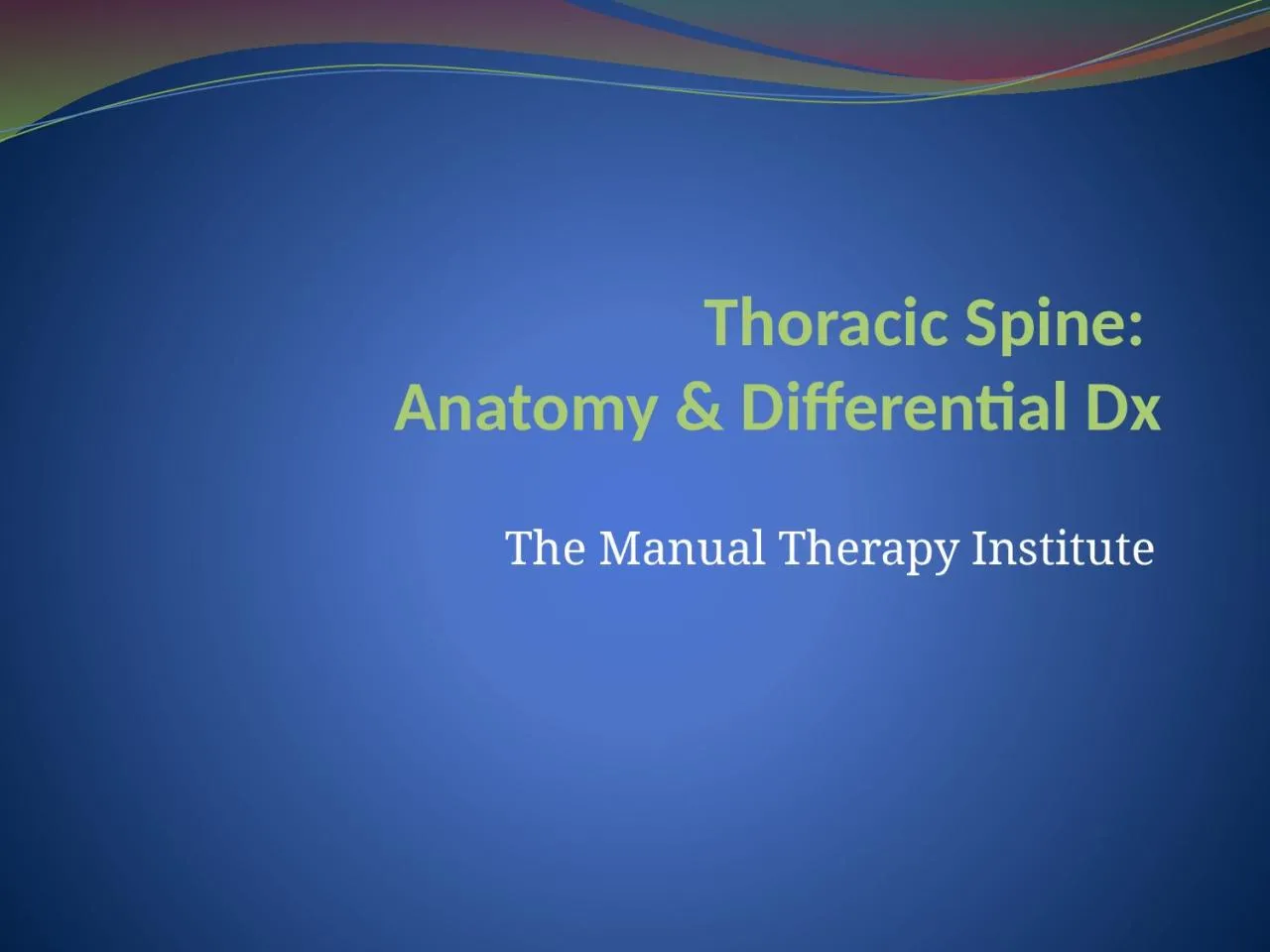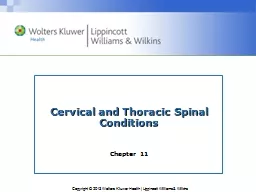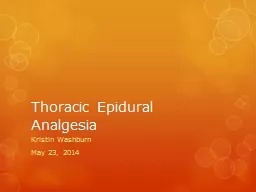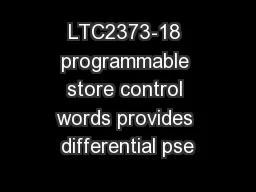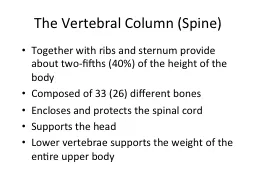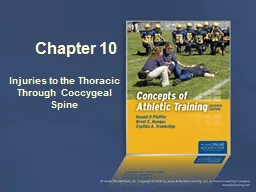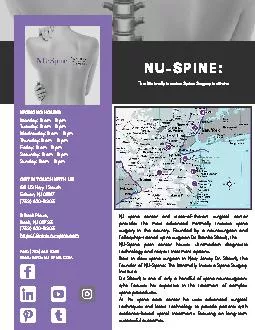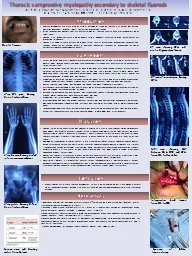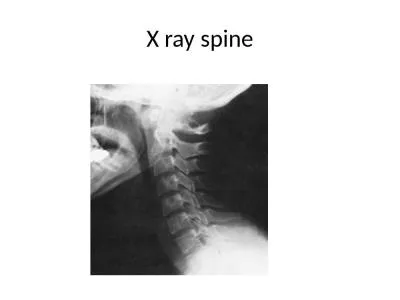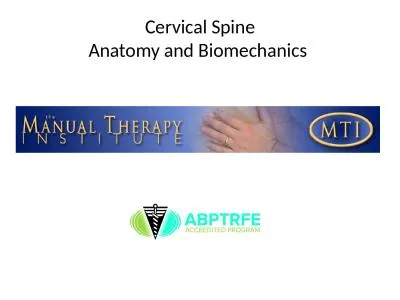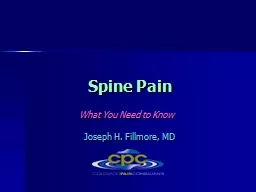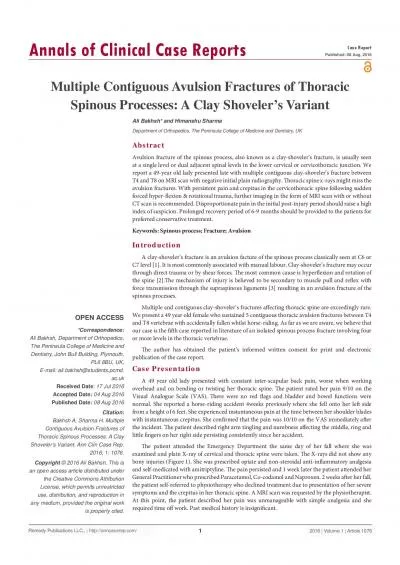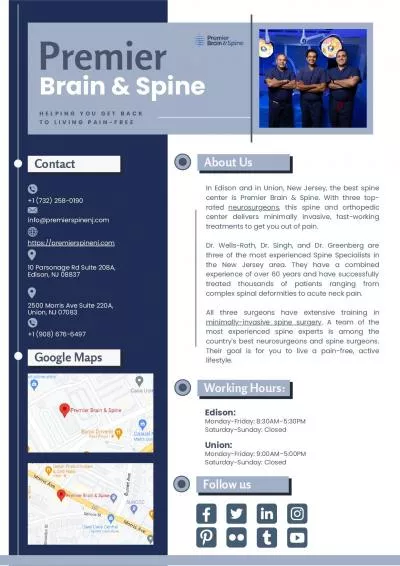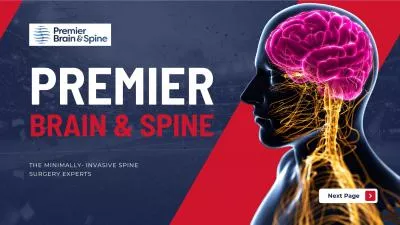PPT-Thoracic Spine: Anatomy & Differential
Author : osullivan | Published Date : 2022-06-07
Dx The Manual Therapy Institute Anatomy Less mobile Why Typical amp Atypical Levels T1 amp T12 Narrowing of the spinal canal T4T9 Tension Point T6 Articulations
Presentation Embed Code
Download Presentation
Download Presentation The PPT/PDF document "Thoracic Spine: Anatomy & Different..." is the property of its rightful owner. Permission is granted to download and print the materials on this website for personal, non-commercial use only, and to display it on your personal computer provided you do not modify the materials and that you retain all copyright notices contained in the materials. By downloading content from our website, you accept the terms of this agreement.
Thoracic Spine: Anatomy & Differential: Transcript
Download Rules Of Document
"Thoracic Spine: Anatomy & Differential"The content belongs to its owner. You may download and print it for personal use, without modification, and keep all copyright notices. By downloading, you agree to these terms.
Related Documents

